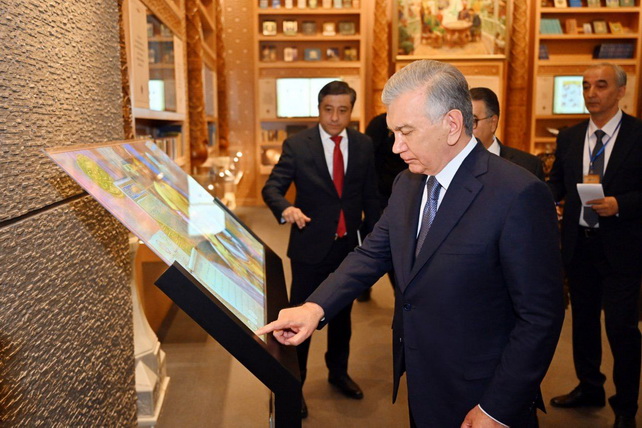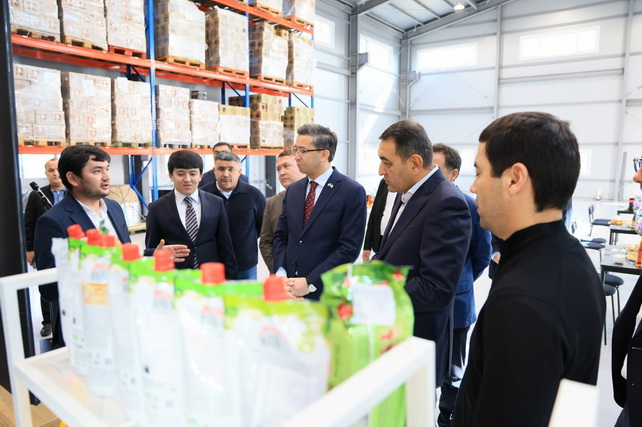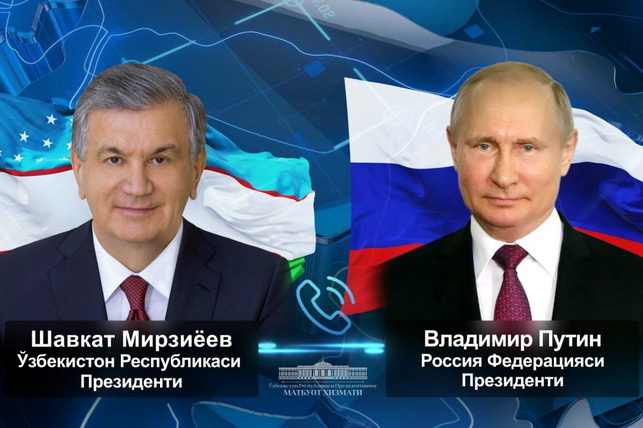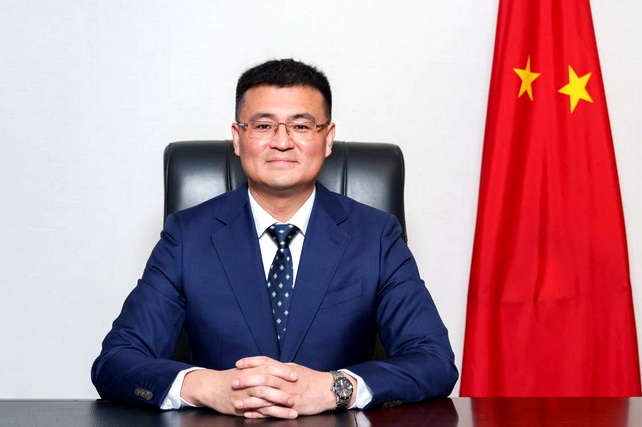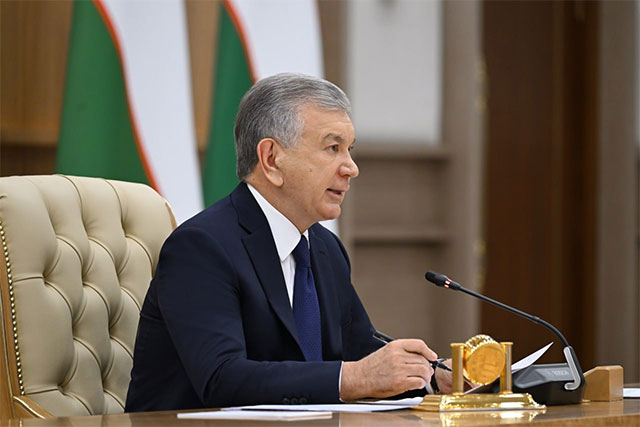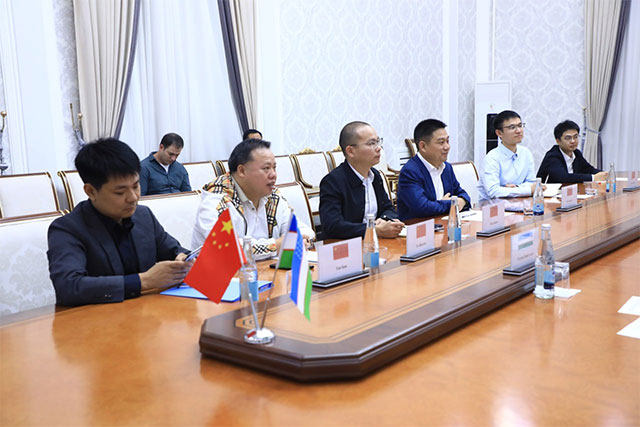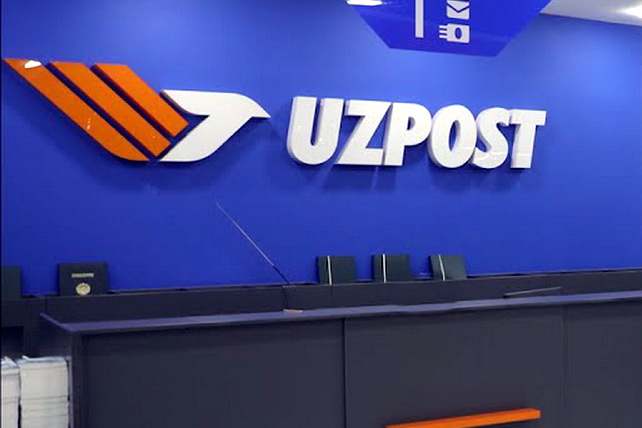Technology
Mirziyoyev: The “Yettilik” System Has Helped Lift 7.5 Million Citizens Out of Poverty - UzDaily.uz
Tashkent, Uzbekistan (UzDaily.com) — President of Uzbekistan Shavkat Mirziyoyev held a video conference meeting focused on further improving the mahalla system and enhancing local-level efficiency.
The country has implemented the “Yettilik” (“Seven”) system, through which more than 100 types of services—including loans, subsidies, compensations, and financial assistance—have been decentralized to the mahalla level.
As a result, 7.5 million citizens have been lifted out of poverty, and the unemployment rate has been halved. Additionally, 3,500 mahallas have acquired a modern appearance.
The term of office for mahalla chairpersons has been extended from three to five years. Under their leadership, a vertical “Yettilik” system has been established, equipped with the necessary resources, authority, and support.
To turn local potential into tangible projects and create jobs, bankers and tax inspectors have been assigned to mahallas, and separate funds have been allocated for infrastructure development.
The President noted that in many mahallas, these opportunities are used effectively and yield results; however, some still have not learned to operate as a unified team.
“When I visited the Shuraryk mahalla in the Norin district, I realized that regional governors, officials at the republican, regional, and district levels, as well as members of the ‘Yettilik,’ must open their eyes and improve the quality and competence of their work,” the President emphasized.
Special attention was given to improving infrastructure within mahallas.
According to a decree signed last week, 33 districts and 330 priority mahallas have been identified for the gradual implementation of the New Uzbekistan model.
Each district will receive 100 billion soums, and each of the 330 mahallas will receive 5 billion soums. In addition, $100 million in funding from the World Bank and the Islamic Development Bank will also be directed toward these initiatives.
Furthermore, 2 trillion soums will be allocated for infrastructure development of “driver” projects in these districts and mahallas.
In total, over 7 trillion soums have been earmarked to finance this program.
It was emphasized that regional governors must identify two priority mahallas each and allocate 5 billion soums for their development, while district governors are responsible for one mahalla each. Particular emphasis was placed on ensuring tangible improvements in the lives of residents in 236 mahallas.
A month ago, a new decree was adopted under the “Initiative Budget” program, establishing a system to support projects initiated by the residents themselves. Under this scheme, if a mahalla community undertakes repairs of roads, water supply, schools, or kindergartens on its own, the state will cover half of the costs. Next year, 500 billion soums will be allocated to implement 1,000 new projects under this initiative.
The President also announced another innovation. Beginning this year, the Tax Committee will publish a ranking of the “Best Taxpayer Mahalla” based on the level of land and property tax payments.
Mahallas included in the top 100 of the ranking will be eligible for infrastructure funding under the new “Initiative Budget” system, covering 75 percent from the state budget. Each such mahalla will also receive an additional 2 billion soums.
Legislative Chamber deputies will receive 3 billion soums each to improve infrastructure in the mahallas within their constituencies. Ten percent of fines collected for sanitary, environmental violations, and illegal construction within mahallas will be directed to the mahalla budget. Starting in 2026, 200 billion soums will be transferred annually to mahalla budgets.
“Through these five sources, we are directing an additional 8.5 trillion soums to two thousand mahallas next year,” the President emphasized.
Regional governors were instructed to use allocated funds efficiently and work with the “Yettilik” based on new approaches.
For example, Shuraryk mahalla in the Naryn district is being transformed into a center that will serve six nearby mahallas. Inspired by this model, dozens of entrepreneurs proposed initiatives such as building a modern market, a service center, a kindergarten, a school, and engaging in production activities.
By efficiently leveraging the human potential of six neighboring mahallas and saving funds, it was possible to involve an architect and urban planner, creating opportunities for a complete transformation of all seven mahallas.
“Entrepreneurs, when starting or expanding their business, primarily need a good location. Does each mahalla have a lively street? Yes. Are there available lands and buildings? Yes. Then it is only necessary to develop a project together with professionals and create the required infrastructure,” the President said.
Regional, district, and city governors have been tasked, in coordination with the Reform Headquarters, to organize work in the 33 districts and 330 mahallas according to this approach during the first phase.
The meeting also addressed expanding entrepreneurial projects in mahallas.
Thanks to the created opportunities, 7,000 mahallas have specialized in 15 areas, including horticulture, vegetable farming, floriculture, beekeeping, tailoring, furniture production, trade, and services. Since 50 percent of households are included in the system in 3,326 mahallas, 1.5 million families have gained a stable source of income.
To implement an average of 40 micro-projects per mahalla, bankers and assistants of governors have been allocated 6.5 trillion soums this year.
However, despite the provided resources, not all governors and “Yettilik” members work with the same efficiency. In 2,356 mahallas, the level of specialization remains low.
Responsible officials have been instructed to complete the specialization process in all mahallas by conducting meetings with residents, identifying concrete directions based on local potential, and forming micro-projects to employ at least 200,000 people.
Starting next year, mahallas specializing in horticulture and vegetable farming (a total of 2,682) will receive preferential resources for industrial production, particularly for projects involving storage, processing, and packaging of products.
Due to allocated funds and created conditions, 237,000 families have been lifted out of poverty this year. However, it was noted that 28 small districts still lack sufficient measures to combat unemployment.
Officials responsible for the mahalla system have been instructed to form working groups immediately and visit these 28 districts to develop measures aimed at reducing unemployment, poverty, and crime by half within the next year.
Mahallas are allowed to auction unused state-owned properties of up to 2,000 square meters. For example, Shodlik mahalla in Samarkand raised 5 billion soums by selling a 1,500-square-meter building.
“Imagine if other mahallas show the same initiative; around three thousand similar buildings could be effectively utilized,” the President said.
From now on, mahalla chairpersons and governor assistants can auction state-owned properties of up to 5,000 square meters, with 70 percent of the proceeds remaining with the mahalla for infrastructure development.
Thanks to these initiatives, around 1,000 modern mahalla buildings have been constructed across the country through public-private partnerships.
Entrepreneurs will also receive additional incentives to convert mahalla buildings into modern service facilities.
Regional Reform Headquarters, together with entrepreneurs, will determine specific plots for constructing mahalla buildings and ensure the allocation of land. Buildings erected in cities and regional centers, with the “Yettilik” on the lower floors, will be exempt from land and property taxes for three years. In rural areas, these tax benefits will last for seven years. Owners of such buildings will pay corporate and turnover taxes at 50 percent of the established rate during this period.
The meeting also addressed social issues within mahallas and youth education.
It was noted that since the beginning of the year, about 32,000 families have broken up, approximately 16,000 parents evade paying child support, and cases have been recorded where men leave their families and children with debts. Negative consequences of early and consanguineous marriages were also highlighted as a serious concern for governors, “Yettilik” members, elders, and the broader public.
It was emphasized that starting a family is not only a personal decision but also a significant responsibility toward spouses and children, which must be explained to the youth. The advantages of marriage contracts, which prevent financial hardship in case of divorce, particularly for children, should also be promoted.
The cleanliness of a mahalla reflects the residents, the “Yettilik,” and the governor. However, it was noted that in some mahallas, streets, construction sites, canals, and parks do not meet sanitary standards.
Therefore, a nationwide month of cleanliness and beautification has been declared. District and city governors are responsible for maintaining order and cleanliness on streets, roads, canals, and public areas. Deputies responsible for public amenities must immediately organize round-the-clock teams to clean streets, courtyards, apartment complexes, and social facilities. Special equipment from the “Toza Hudud” enterprise will be fully mobilized for these tasks.
The Ministry of Internal Affairs and the National Guard have been granted authority to impose fines for illegal waste disposal and are tasked with establishing daily oversight in city and district centers.
Mahalla residents have expressed willingness to plant and care for trees and expand green spaces. However, it was criticized that no governors or mahalla chairs designate specific areas for this purpose. Now, if the “Yettilik” and residents propose a green space, the district governor must allocate up to 10 sotoks of land. Effective public oversight of these areas must be ensured, and if lands are diverted to other purposes, legality and enforcement must be guaranteed.
The General Prosecutor’s Office has previously been instructed to return green areas, sports, and playgrounds unlawfully repurposed. Over four months, 20 hectares of green space and 107 sports and playgrounds have been restored. The President ordered continuation of this work until full recovery.
The President noted that “Yettilik” members spend half of their working time in meetings and events. Despite defined duties and KPIs, a system to evaluate their effectiveness at the mahalla level is largely absent.
Currently, 1,700 “Yettilik” members commute 20–30 kilometers daily. Last year, 68 members did not appear in their assigned mahallas for several months. Responsible officials have been instructed to implement a comprehensive performance evaluation system for the “Yettilik.”
District governors are to reward the ten best “Yettilik” annually with additional bonuses. “Then the ‘Yettilik’ will function as a cohesive, unified team,” the President emphasized.
From now on, holding separate meetings with “Yettilik” members for each activity area is prohibited.
“The introduction of the spirit of New Uzbekistan into every mahalla, the gateway to our reforms, directly depends on the ‘Yettilik’ functioning as a unified team,” the President said.
Each “Yettilik” member, led by the mahalla chairperson, must take personal responsibility and present to the residents a yearly program outlining their objectives. Governors of regions and districts are instructed to submit monthly action plans for each mahalla to local councils and report progress to residents. Meetings with residents must be held at least once a month, with information disseminated through the media.
During the meeting, regional leaders’ reports were reviewed, and an open dialogue was held with mahalla chairpersons.
